Cuesta College Community Programs Natural History Series:
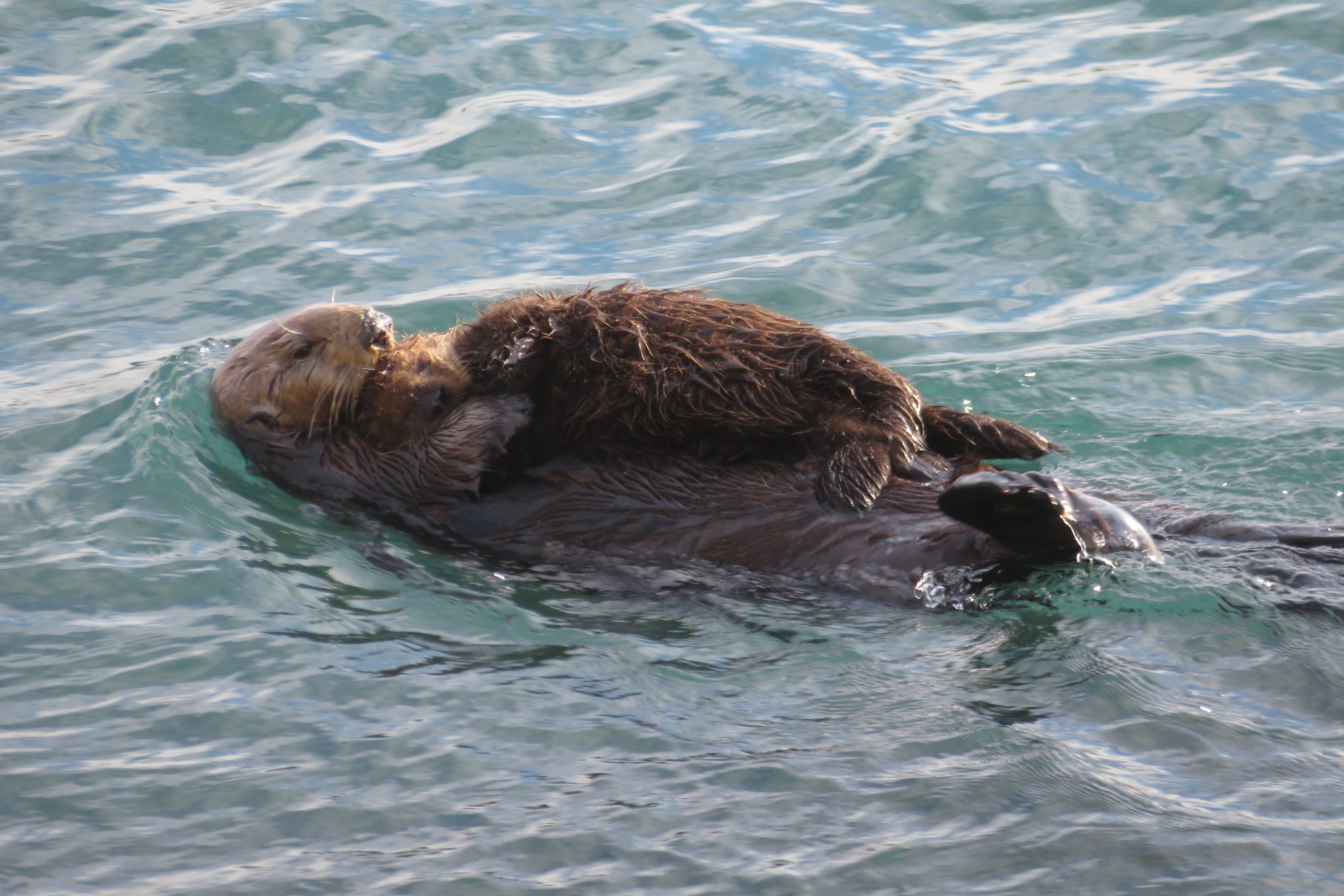 #1 Observing Marine Mammals along the Central Coast - Saturday, January 25, 2025
#1 Observing Marine Mammals along the Central Coast - Saturday, January 25, 2025 What are the characteristics that distinguish between seals and sea lions? Baleen and toothed whales? What ocean-dwelling marine mammal is a member of the weasel family? Discuss marine mammal adaptations for a life at sea, including diving physiology, thermoregulation, and echolocation. Learn about key identification features of local cetacean and pinniped species.
Van field trip from Morro Bay to San Simeon at coastal observation sites to observe gray whales migrating from cold arctic waters to calving grounds in Mexico, sea otters rafting in kelp beds, elephant seals on the beach at the height of pupping season, harbor seals hauled out in the rocky intertidal zone, barking California sea lions, and possibly pods of nearshore dolphins.
#2 Searching for Raptors - Saturday, February 08, 2025
Learn about the biology, classification, migration, flight characteristics, and predatory adaptations of locally occurring birds-of-prey, both year-round resident and seasonally overwintering raptors. Learn to identify and recognize the diagnostic visual field marks useful in identification of species of Hawks, Eagles, Falcons, Ospreys, Kites, Harriers, Accipiters, Vultures, and Owls.
Learn about the biology, classification, migration, flight characteristics, and predatory adaptations of locally occurring birds-of-prey, both year-round resident and seasonally overwintering raptors. Learn to identify and recognize the diagnostic visual field marks useful in identification of species of Hawks, Eagles, Falcons, Ospreys, Kites, Harriers, Accipiters, Vultures, and Owls.
Guided van field trip to birding locations on the Central Coast, including Morro Rock, site of the locally renowned nesting Peregrine falcons, as well as estuary and coastal salt marsh, grasslands/agricultural fields, shrublands, oak and streamside woodlands, and the urban mix of planted landscapes - where raptors frequent overwintering, foraging, and nesting habitats. Sightings of more than a dozen species of raptors are likely.
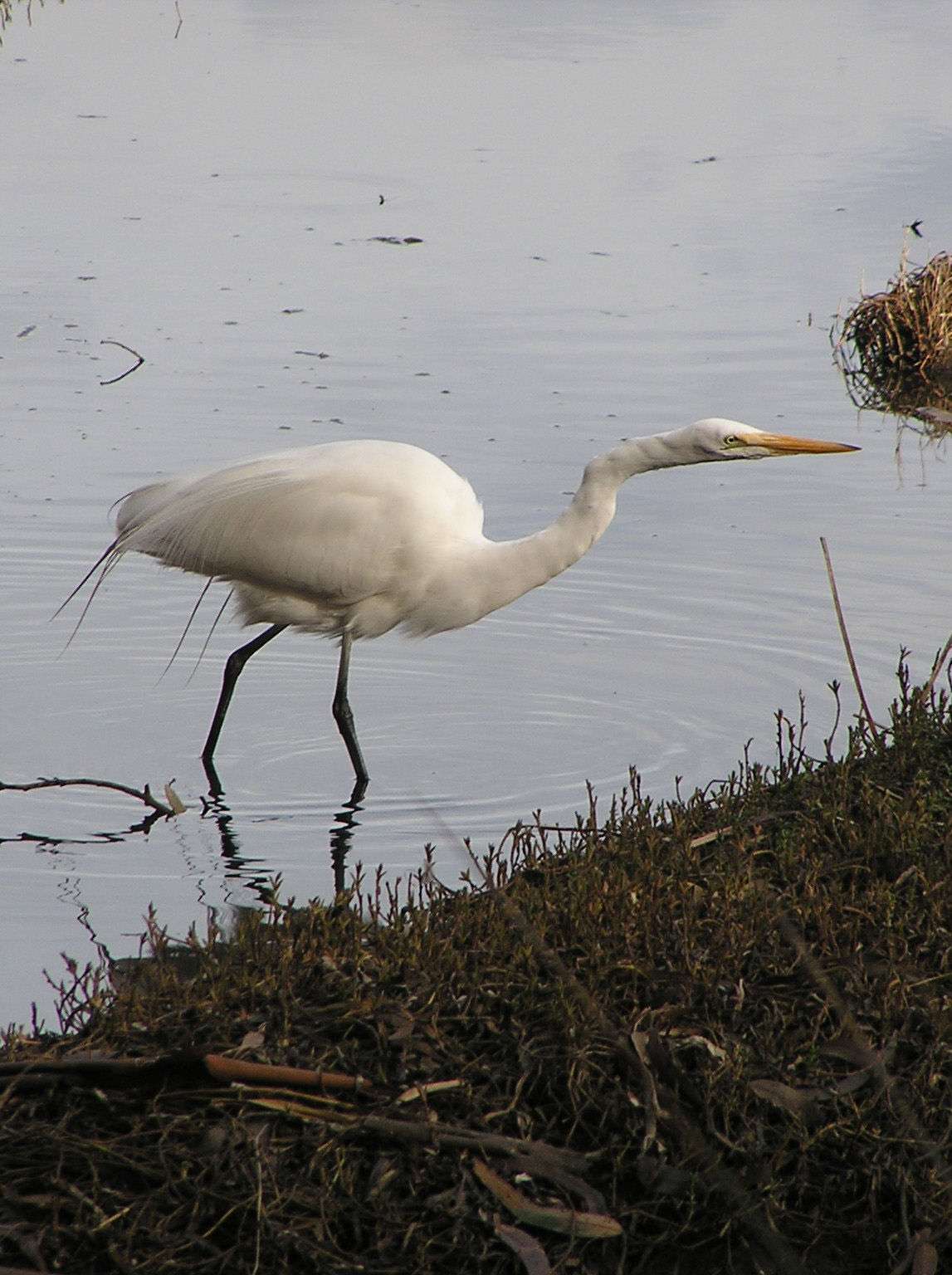 #3 Birding the Morro Bay Estuary - Saturday, February 22, 2025
#3 Birding the Morro Bay Estuary - Saturday, February 22, 2025Identify many of the migratory, over-wintering, nesting, and year-long resident bird species that occupy the many diverse habitats here on the Central Coast. Practice bird watching skills that rely on observing characteristic field marks, bird behavior, and the acquired skill of ‘birding by ear’. Participants will observe and identify passerine (perching) birds, shorebirds such as sandpipers and plovers, waterbirds such as ducks, geese, loons, grebes, gulls, pelicans and cormorants, long-legged waders such as herons and egrets, and birds of prey, including the famous locally nesting peregrine falcons at Morro Rock and sightings of fish-hunting osprey over the bay. The annual Morro Bay Christmas Bird Count ranks among the highest counts in North America for the numbers of bird species found within a 15-mile diameter count circle, and the annual Big Sit birding survey overlooking Morro Bay from the Elfin Forest is also nationally renowned. Van field trip to Morro Bay estuary and its 48,000-acre watershed. Morro Bay's coastal salt marsh, mudflats, estuary, beach, dunes, and associated upland watershed are recognized as vital feeding and resting habitats for thousands of birds migrating along the Pacific Flyway, arriving and departing from as far away as the arctic tundra to the north and the Neotropical rainforests to the south. Make stops at several of the accessible and popular birding locations along the perimeter of the bay, including Morro Rock, the Heron Rookery, State Park Marina, the Elfin Forest boardwalk and Audubon Overlook in Baywood Park, and the Sweet Springs Nature Preserve in Los Osos.
#4 LIVE REMOTE Zoom - Paleontology - Searching for Fossils on a Virtually Guided Field Trip - Thursday, March 13, 2025
Study fossil forming processes and geologic dating methods. Distinguish between different fossil types, examples including altered and unaltered fossil finds, petrified wood and bones, carbon imprints, casts and molds, and trace fossils. Observe paleontologists at work in the field and lab carefully excavating, identifying, and reconstructing their fossil finds.
Study fossil forming processes and geologic dating methods. Distinguish between different fossil types, examples including altered and unaltered fossil finds, petrified wood and bones, carbon imprints, casts and molds, and trace fossils. Observe paleontologists at work in the field and lab carefully excavating, identifying, and reconstructing their fossil finds.
Well-known fossil locations in the Western U.S. are featured - accessible for visitation by the public - including sites at the famous La Brea Tar Pits in California, Ginkgo Petrified Forest and the John Day fossil beds in Oregon, Dinosaur National Monument in Utah, Ichthyosaur State Park in the deserts of Nevada, Petrified Forest National Park in the Painted Desert of Arizona, the dinosaur track ways in Colorado, and petrified trees still standing on the volcanic slopes in Yellowstone National Park in Wyoming.
Take a virtual field trip locally, traveling eastward along Highway 58 in San Luis Obispo County. The route follows a geological transect in time spanning tens of millions of years, a ‘slice in time’, reconstructing ancient shorelines of an inland sea and subsequent mountain uplift of granitic and sedimentary rock formations along fault zones within the present-day Coast Ranges. Examine marine shells embedded in ancient sandstones and shale outcrops along the field trip route, and evidence of the Ice Age mega-fauna that roamed these local terrains long ago.
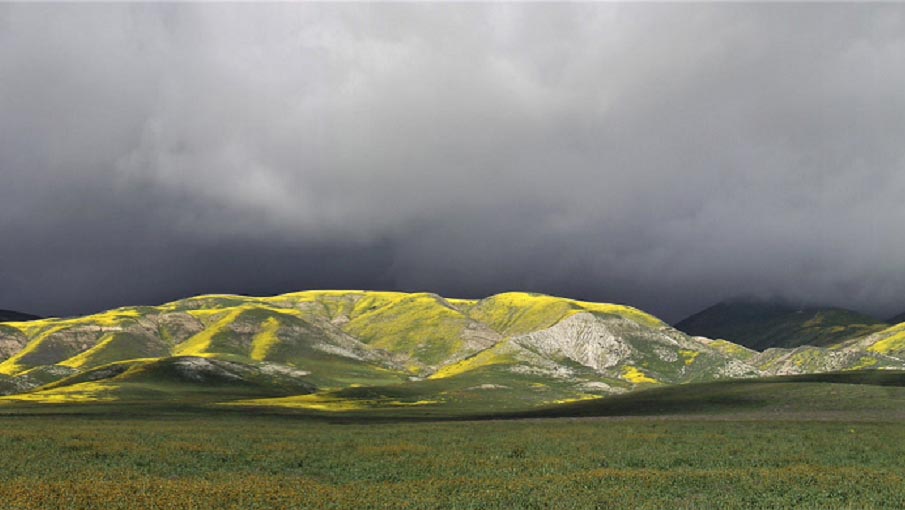 #5 Springtime on the Carrizo Plain - Saturday, March 22, 2025
#5 Springtime on the Carrizo Plain - Saturday, March 22, 2025Explore the expansive 200,000+ acres Carrizo Plain National Monument in southeast San Luis Obispo County, viewing spectacular wildflower displays among grasslands, vernal pools, and desert scrub habitats. Native American pictographs are renowned at Painted Rock, and the highest elevation in the county occurs in the bordering Caliente Range. Geographic features and scenic vistas include Overlook Hill, the salt playa of Soda Lake, and trace of the San Andreas Fault along the base of the Temblor Range. Visit the Goodwin Education Center. Likely sightings of raptors include eagles, hawks and falcons. Search for wildlife including tule elk, pronghorn antelope, antelope ground squirrels and giant kangaroo rats. The Carrizo is a remnant of the once vast Central Valley grasslands and home to many endemics, rare and endangered flora and fauna.
For more information please the Carrizo Plain website at: https://www.blm.gov/visit/carrizo-plain-national-monument
Bring a sack lunch and picnic dinner for longer field trips, snacks, water, binoculars, and field guide references. Dress warm in layers. Van transportation provided. A parking permit is required to leave your vehicle on campus during each field trip.WEATHER POLICY...If a class is canceled due to safety or weather issues, students will be notified by Cuesta Community Program....the class will be rescheduled or full refunds will be given. If the class or program is on the weekend, the instructor will make the decision and call all registered.
CLASS SCHEDULE: Subject to Change: Due to their very nature, our classes are “subject to change”. Class change notices will be sent via email to the email address on file. Please check your email OR check class status at the Community Programs website before your scheduled class.
DATES: 5 meetings: January 1 - March 22, 2025
FEE: $300 for the series, or enroll for any individual class below:
- $68, Marine Mammals Field trip: Jan 25, 8am-4pm - Register Online
- $68, Raptors Field trip: Feb 8, 8am-5pm - Register Online
- $68, Birding Field trip: Feb 22, 8am-4pm - Register Online
- $18, Fossils on Zoom: Mar 13, 7-8:30pm - Register Online
- $98, Carrizo Plain Field trip: Mar 22, 8am-6pm - Register Online
MODE OF DELIVERY: 4 field trips to varied locations with an in person classroom lecture before; and one zoom session
INSTRUCTOR: Steve Schubert
QUESTIONS: Contact instructor at s_schub1@msn.com
Meet the instructor | |
|---|---|
 | Steve attended college at Cal Poly, San Luis Obispo and received a Master’s degree in Field Biology and a Life Sciences Secondary Teaching Credential. He taught high school biology and earth sciences for several years, has taught natural history courses for Cuesta College Community Programs more than 25 years and works as a naturalist instructor at a local residential outdoor school program called Camp KEEP (Kern Environmental Education Program), attended by more than 3,000 6th grade students each school year. He served on the committee that published the book “Wildflowers of San Luis Obispo” and the eBook “Plants of the Carrizo Plain”. Steve authored the book entitled “The Peregrine Falcons of Morro Rock – A 50-year History”, available at Amazon.com. He is past-President of Morro Coast Audubon Society and is the Volunteer Coordinator of the Hi Mountain Lookout Project (www.facebook.com/condorlookout), a restored fire lookout in Los Padres National Forest where volunteers and college interns radiotrack the movements of California Condors and conduct biological field research projects. He has been a speaker and field trip leader for the Morro Bay Winter Bird Festival each year since its inception more than 25 years ago. Steve enjoys kayaking, running, biking, hiking, playing basketball, and wildlife and landscape photography (photos at: http://www.flickr.com/photos/12571965@N07 |





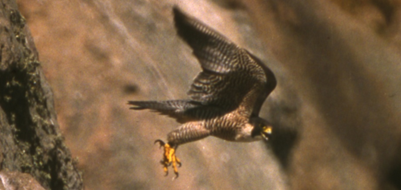 #2 Searching for Raptors - Saturday, February 08, 2025
#2 Searching for Raptors - Saturday, February 08, 2025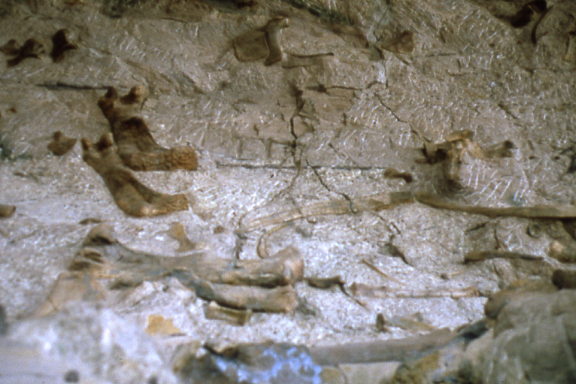 #4 LIVE REMOTE Zoom - Paleontology - Searching for Fossils on a Virtually Guided Field Trip - Thursday, March 13, 2025
#4 LIVE REMOTE Zoom - Paleontology - Searching for Fossils on a Virtually Guided Field Trip - Thursday, March 13, 2025
